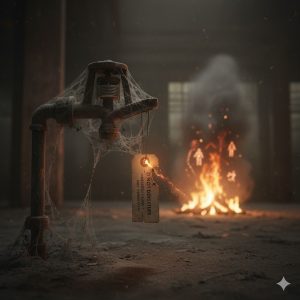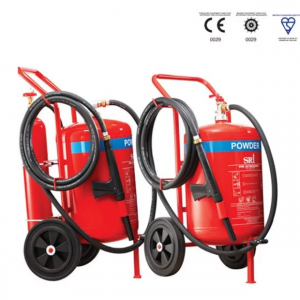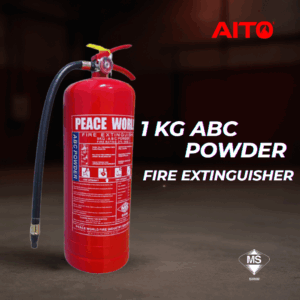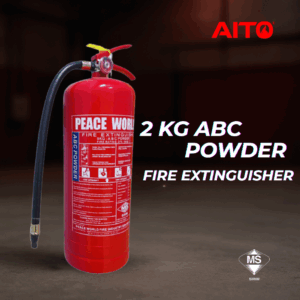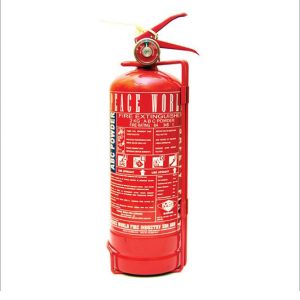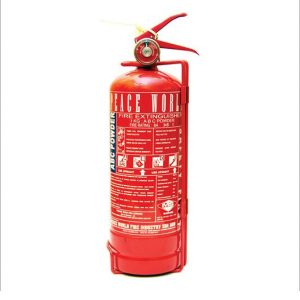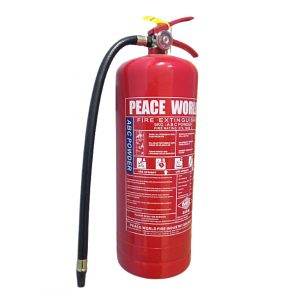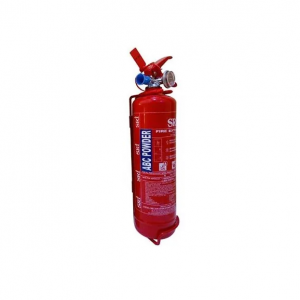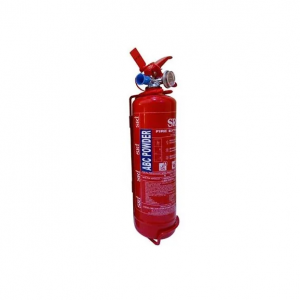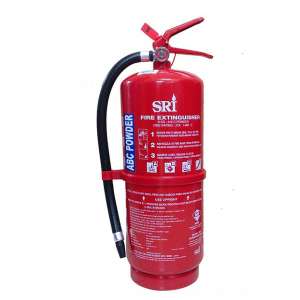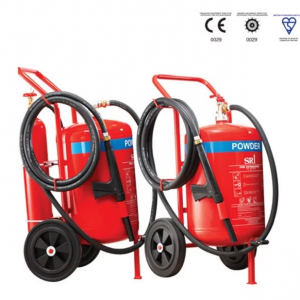There are different fire extinguisher types for fighting different classes of fire.
People should be aware of the fire extinguisher types and how to use the fire extinguisher as fire comes in many unexpected ways.
Five main fire extinguisher types in Malaysia :
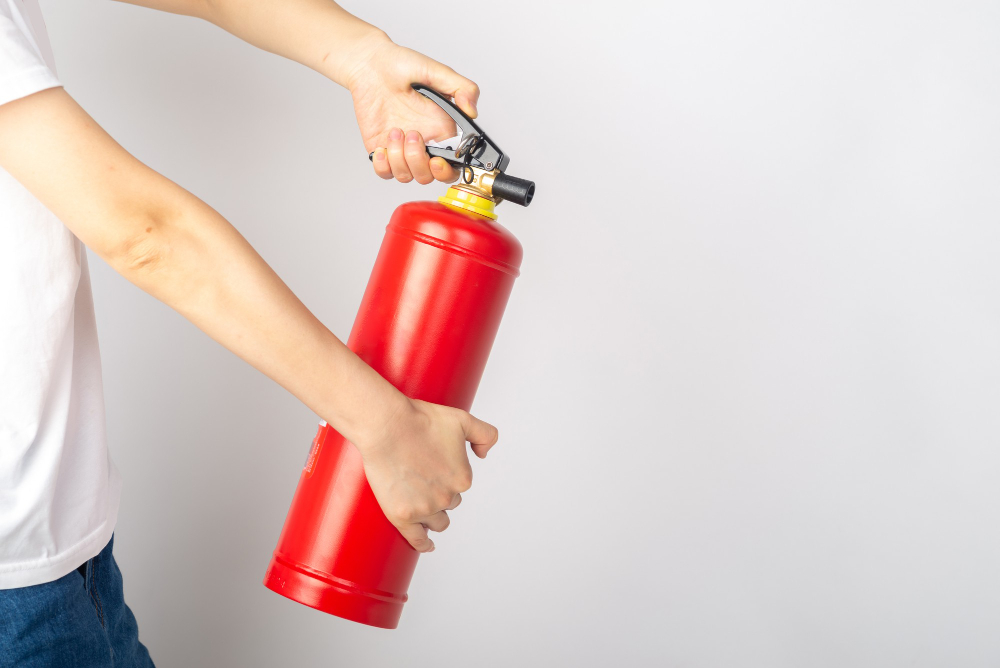
Each fire extinguisher type and its uses are easily recognized by their names, colors, and sometimes their hoses.
1. Water extinguisher
It is a classic model, they discharge water at high pressure to extinguish flames. Water has a great cooling effect on the fuel’s surface and thereby reduces the pyrolysis rate of the fuel.
Color: solid red and have the word ‘water’ in white text on it.
Suitable for: Class A
2. Foam
Foam fire extinguisher types are the first and foremost water-based and consist of a foaming agent, which has quick flame knock-down and a blanketing effect, it smothers the flames and seals vapours so re-ignition cannot occur.
Color: solid red and have the word ‘foam’ on it with a cream rectangle around the text.
Suitable for: Class A and B fires.
When foam fire extinguisher types are used against class A fires, we can simply point and spray. However, if used against class B fires on flammable liquids they should not be sprayed directly into the substance. This could cause the fire to be pushed and spread to the surrounding areas. The best method of application is to spray the foam nearby so that it can build up and flow across it.
3. Powder
Powder fire extinguisher types do not effectively spread through the spaces easily, so the fire could still ignite again.Powder fire extinguisher types leave a residue that is not easy to clean up and causes damage to soft furnishings.
Colour: solid red and have the word ‘powder’ in white text over a blue rectangle.
Suitable for: Class A, B and C fires, electrical fires.
4. Carbon Dioxide (CO2)
CO2 fire extinguishers types smother the fire by displacing oxygen in the air but do not leave any substances, unlike the other fire extinguishers. The CO2 fire extinguisher is effective at smothering fires, once the gas went away, the fire may ignite back if the source is not removed.
Colour: solid red and have the word ‘CO2’ printed in white on a black rectangle and has a different type of hose, unlike other fire extinguishers.
Suitable for: Class B and electrical fires.
CO2 fire extinguisher types are particularly useful for offices and workshops where electrical fires may likely to occur.
5. Wet Chemical
Wet chemicals fire extinguisher types are effective because they are capable of extinguishing fires that are extremely high temperatures. The fire extinguisher cools the burning oil and produces a soap-like solution that seals the surface and prevents the ignition back of the fire. Wet chemicals fire extinguisher types are discharged in a soft yet highly effective preventing the hot oils and fats from splashing onto the user or spreading to the surrounding areas.
Colour: solid red and have the word ‘wet chemical’ printed on a yellow rectangle and an extended applicator.
Suitable for: Class F.
Wet chemicals fire extinguisher types are usually not recommended for class B fires.
Read here for more information about fire extinguisher types and the difference between fire extinguisher types.
CLASS OF FIRES
- Class A – Fires of solid or organic materials, such as wood, plastics, paper, textiles, or coal.
- Class B – Fires of flammable liquids, such as gasoline, petroleum oil, paint, or diesel.
- Class C – Fires of flammable gases, such as propane, butane, or methane.
- Class D – Fires of combustible metals, such as magnesium, lithium, sodium, potassium, titanium, or aluminium.
- Class F/ Class K – Fires of cooking oils and fats, such as vegetable oil, sunflower oil, olive oil, maize oil, lard, or butter.
- Class E – Electrical fires of live equipment and electrical sources.
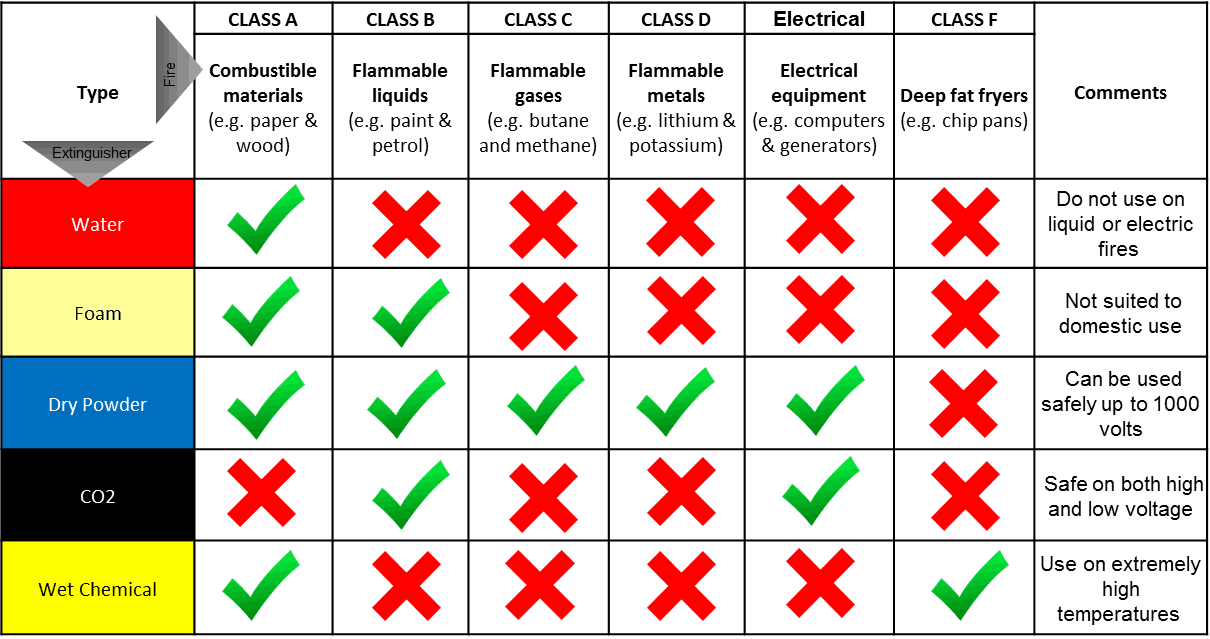
Should you require consultation regarding fire extinguisher types for your house or building, call us: 03-78314791 (office hour) or ![]() WhatsApp us (24h) to have a chat with our Team Support.
WhatsApp us (24h) to have a chat with our Team Support.

